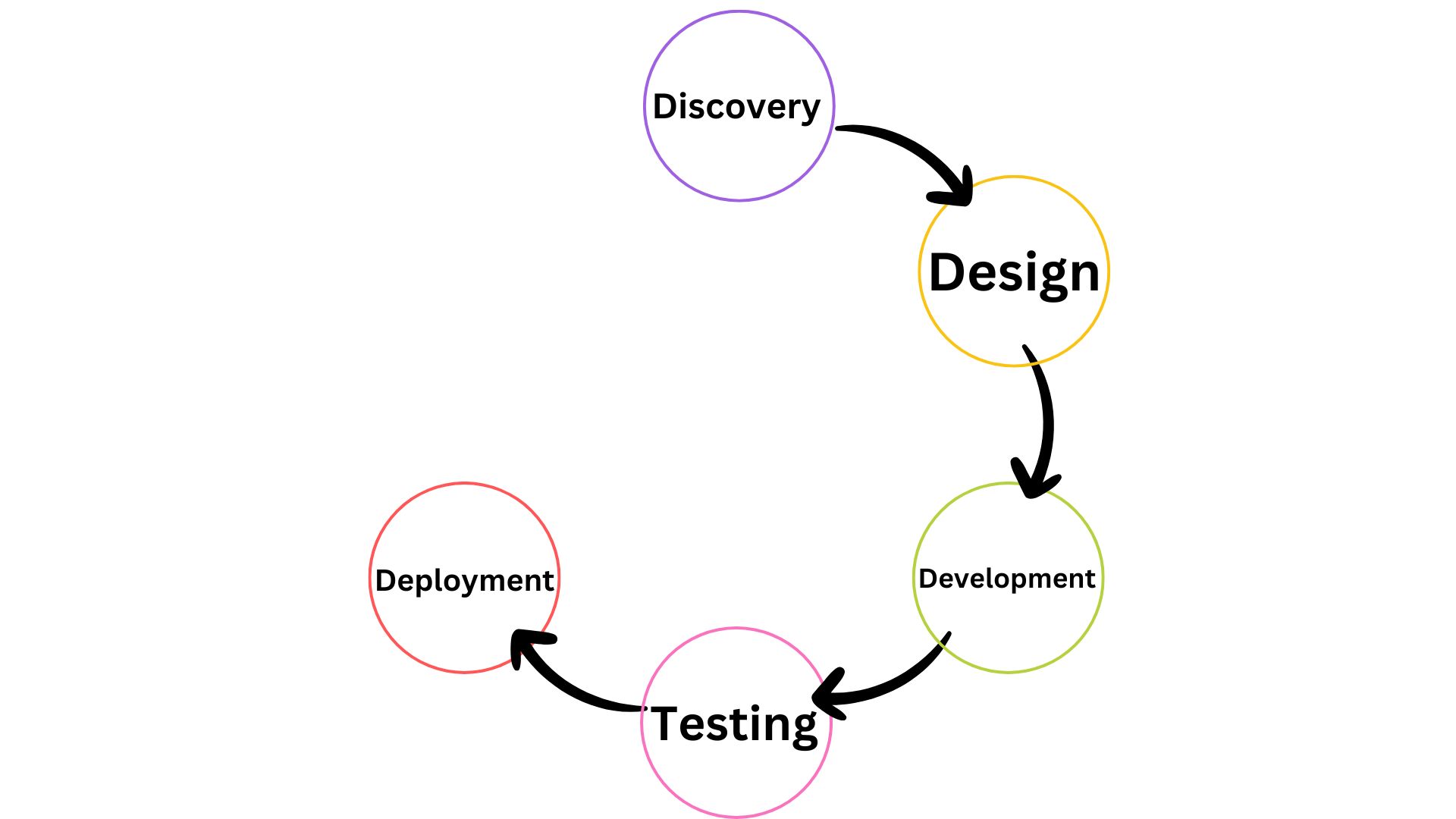Unlock Efficiency with RPA: A Step-by-Step Life Cycle Guide
Robotic process automation (RPA) is transforming businesses worldwide by automating repetitive tasks, boosting efficiency, and freeing up human resources for higher-value activities. But successfully implementing RPA requires a structured approach. This is where the RPA life cycle comes in – a roadmap that guides you through every step, from identifying automation opportunities to deploying and maintaining your bots.
The 6 Stages of the RPA Life Cycle
The RPA life cycle can be broken down into six key stages:
1. Discovery
This initial phase involves identifying business processes that are ripe for automation. Look for tasks that are rule-based, repetitive, and high-volume. Analyze the feasibility of automation, considering factors like process complexity and data security.

2. Design
Once you’ve selected a process, it’s time to design the RPA solution. This stage involves mapping the process flow, defining the bot’s functionalities, and outlining the user interface (UI) interactions the bot will perform.

3. Development
Here, the technical team builds the bot using an RPA development tool. They configure the bot to mimic human actions within the target applications, ensuring smooth execution of the automated tasks.

4. Testing
Rigorous testing is crucial to ensure the bot functions flawlessly. The development team performs unit tests to verify individual bot actions, followed by integration testing to confirm the bot interacts seamlessly with other systems. User acceptance testing (UAT) involves end-users validating the bot’s functionality and user-friendliness.

5. Deployment
After successful testing, the bot is deployed into production. This may involve a staged rollout to a limited user group first, followed by a broader deployment if everything functions as expected.

6. Maintenance
RPA solutions aren’t static. Ongoing maintenance is essential to monitor bot performance, identify and address errors, and adapt to changes in the underlying systems. Regular updates and enhancements ensure your bots continue to deliver optimal value.

Conclusion
By following the RPA life cycle, you can ensure a smooth and successful RPA implementation. This structured approach helps you identify the right processes for automation, design robust solutions, and deploy and maintain your bots for long-term efficiency gains.
Ready to unlock the power of RPA? By understanding and following the RPA life cycle, you can streamline your operations, empower your workforce, and achieve significant business transformation.



